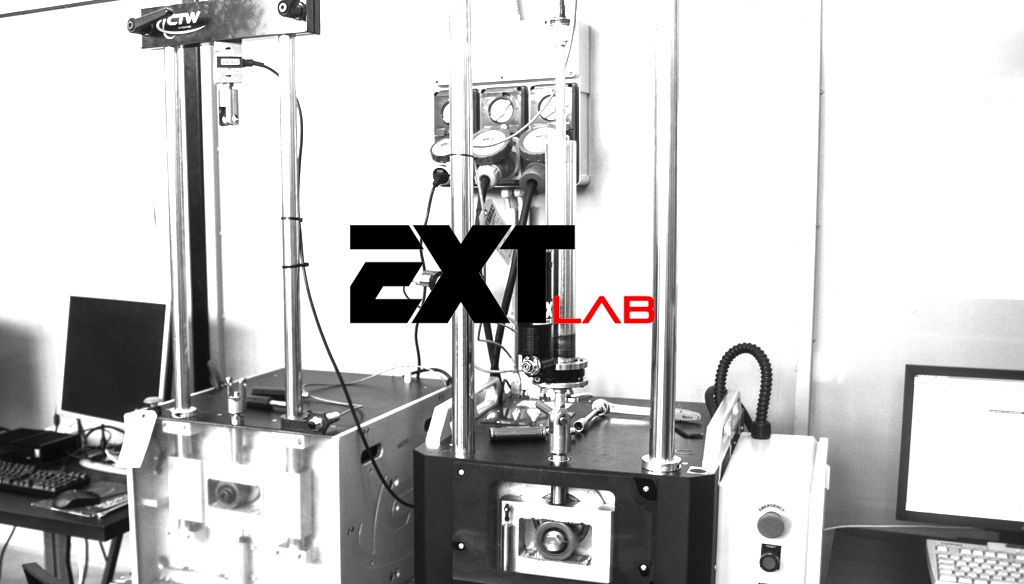On this episode we talk about how to measure and look at damping forces. One of most important tool needed without a doubt is a Dyno Bench. Without this it is not possible to obtain objective results.
A Dyno Bench is essentially composed by a linear actuator and a load cell. The shock absorber is activated by “scotch yoke mechanism” (a reciprocating motion mechanism, converting the linear motion of a slider into rotational motion, or vice versa).
The scotch yoke mechanism develop a sinusoidal input/wave. The whole parts working together are necessary to send data acquisition input to the software. Software acquires datas by force and velocity to generate force/displacement graph or force/velocity graph.

Looking at the image below you can see how oscillate damper with sinusoidal input records Force and Velocity displacement.

Force is generated by the shock absorber itself and the load cell read it through a software. Displacement and velocity are dyno generated.
Graphs below are references. On the left side you can see force related to displacement on the right side you can see force related to velocity. This two graphs are essential to analyze the effective behavior and operation of the shock absorber.
As indicated on image, for each graph you could have different informations for every step of the cycle and each velocity. You could look for general behaviour or Force-Displacement and if you need to look the acceleration phase for TDC (Top Dead Center) and BDC (Bottom Dead Center) area is better to look at Force-Velocity graph. In this graph you also see informations about hysteresis (that is a delay of answer of damping systems). In the graph on the right below is represented by the area of the curve.

The graph below shows how another type of graph is created (Peak Force-Velocity). Generally Peak Force-Velocity graph is used to create base dampers setups or to compare the main damping force generated. Keep in mind that for each peak of velocity you have only one point for damping force.

On the graphs below is simple to understand that two different shock absorbers can have the same peak force but a different behavior.


